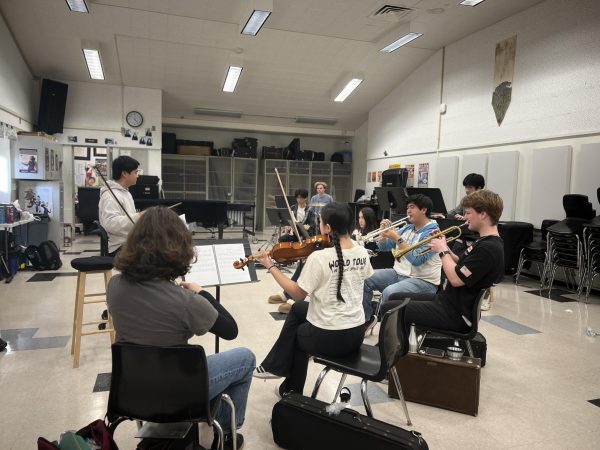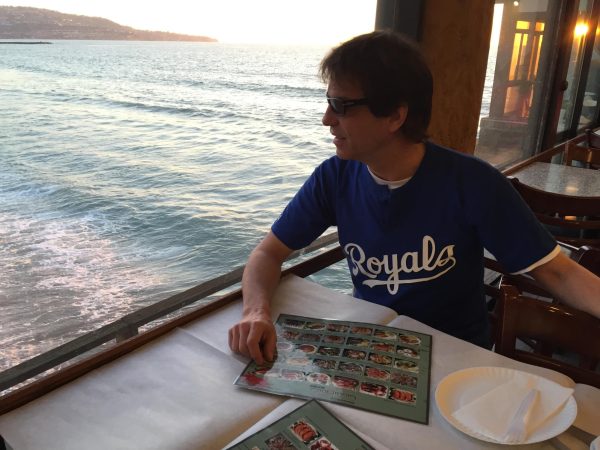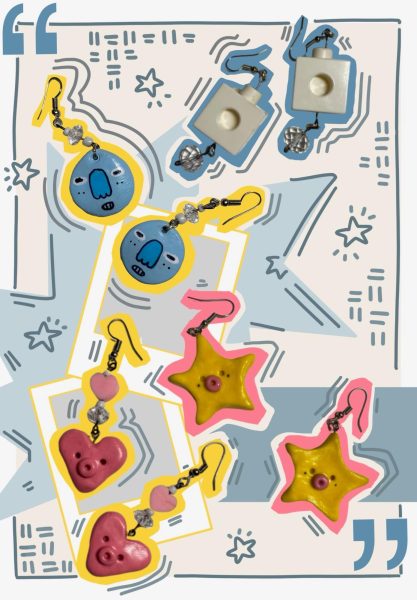Nike Mags: The Future is Now
On November 22,1987, Back to the Future Part II was released in theaters and it showed off bold predictions of what the year 2015 will look like. Ranging from hoverboards to Pepsi Perfect, with one particular object that caught the eyes of everyone. They were the self-tying Nike’s that Marty Mcfly wore while he flew around 2015, the Nike Mags.
In all of it’s self-tying glory, it has now been twenty-seven years since the Nike Mags idea were introduced to the world in Back to the Future Part II and since then, the shoes have been wowing audiences and sneakerheads as a dream, all while begging the question, is it still a possibility to have self-tying, futuristic looking shoes?
The answer is yes, well sort of. Ever since 2011, Nike created replicas of the Nike Mags but they were non self-tying shoes and was auctioned in the first of what would soon be the first of many auctions that would proceed it 5 years after. From then on it started a wave of people attempting to make the real deal, but none being able to achieve the self-tying mechanism.
Since the shoes’s announcement by Nike on October 21, 2015, it was said that a raffle and auction would be done in order to obtain 1 out of 89 shoes available. In order to participate, one must donate at least $10 to the Michael J. Fox Foundation, which enters donors into the raffle on the Nike+ app or donors go to a live auction in London, Hong Kong, or New York at The Michael J .Fox Foundation’s benefit gala, “A Funny Thing happened on the Way to Cure Parkinson’s.”
Now in 2016, a winner was announced on Twitter on October 17th and it was Aaron Borland, a football recruiter assistant from St. Paul, Minnesota, who was one of a small number of people who won the anticipated sneaker. Yet he wasn’t the only one who won the rare and sought after shoes. Christopher Jones, also won and expressed his happiness on Twitter by posting his video of unboxing his shoes.
Nick Carvell of GQ Magazine, take these coveted shoes for a spin and describes them as, “While they’re a little slower than the ones in the film – all the trademark elements are there: light-up ankle strap and traffic-light side panels, superlight blue-grey knit material, squashy speckled-grey sole and extra high tops.” He later elaborated by saying, “It also provides the perfect control panel, with the two controls for loosening and tightening the laces, and the control button for the lights all concealed on the inside out the outer-wing.”
But pairs have made their way online, with one pair costing up to $100,000, with more on their way to online retailers as the remaining pairs from Nike dwindle. This will most likely see the shoes reach higher prices and an all-time legendary status.






